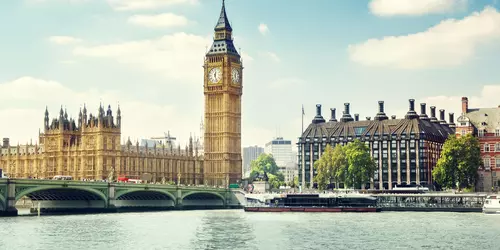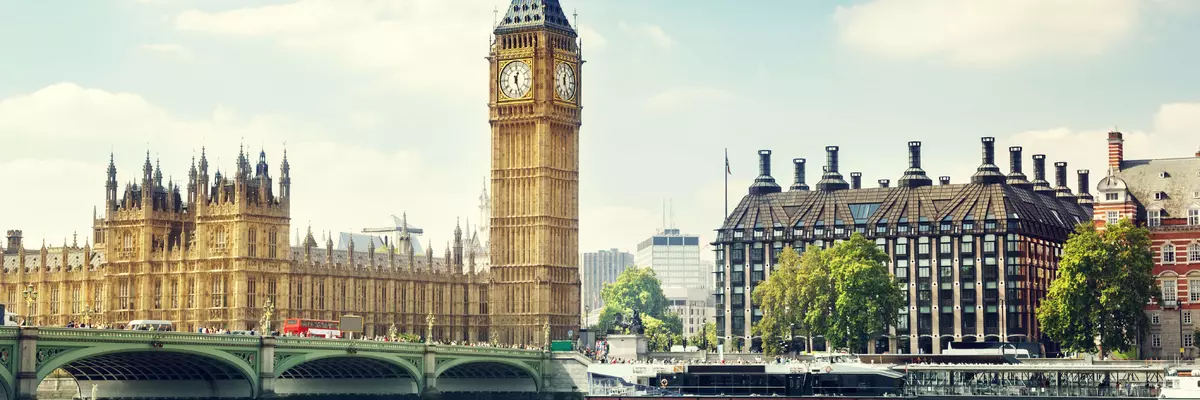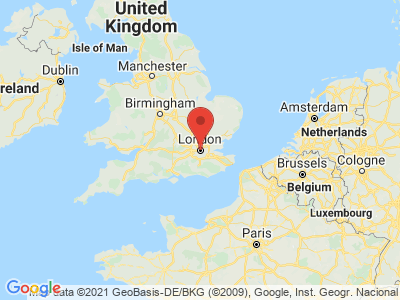Climate Table London
Jan | Feb | Mar | Apr | May | Jun | Jul | Aug | Sep | Oct | Nov | Dec | |
|---|---|---|---|---|---|---|---|---|---|---|---|---|
| Max. Temperature | 6° | 7° | 10° | 13° | 17° | 20° | 22° | 21° | 19° | 14° | 10° | 7° |
| Min. Temperature | 2° | 2° | 3° | 5° | 8° | 11° | 13° | 13° | 11° | 8° | 5° | 3° |
| Sun Hours | 2 | 2 | 4 | 6 | 7 | 7 | 7 | 6 | 5 | 3 | 2 | 1 |
| Rain Days | 11 | 9 | 8 | 8 | 8 | 8 | 9 | 9 | 9 | 9 | 10 | 9 |
The climate year of London
London is the largest city in the EU with about 14 million inhabitants and one of the most important commercial centers and financial centers in the world. Many sights, a lively nightlife and large shopping centers make the city on the Thames an attraction for tourists from all over the world. Every year about 18 million people visit the city, making it the most visited city of Europe. London is not immune to flooding and high tides, however, as the tides of the North Sea are noticeable and the city built levees and barriers to protect the city from storm surges. Southeast England is climatically a favored area, compared to other parts of the UK, and because of its proximity to the mainland, London has always been the gateway for conquerors and explorers.
General information about London
If you're in London for the first time and want to get an overview of the city, the first thing you do is ride Europe's highest observation Ferris wheel for a 360° panoramic view from 135 meters above the ground. On clear days, the London Eye offers up to 40 km of visibility. Visitors travel all over London on an open-top bus and can get off as and where they please. A walk across Tower Bridge into the Tower of London to see the Crown Jewels is also part of visiting London. If one wants to enjoy traditional English fare, the oldest restaurant, Rules, is recommended. In Covent Garden, you can watch the street performers or browse the stores. On board ships such as Bateaux London, visitors to London enjoy dinner while seeing London from the boat.
Tourism London
The highest temperature ever recorded in London was 38°C during the 2003 heat wave, but normally summers are warm and not hot, winters are cool but rarely below 0°C, and snow falls even more rarely. However, London experienced its greatest snow chaos in February 2009, when 15 cm of new snow fell. December, January, and February are the coldest months, ranging from 2.4°C to 3.4°C, and October through January have the most precipitation, with February having the least. June to September has the warmest average temperatures between 19°C and 23°C and the fewest rainy days. In summer, one can experience that it is 5°C warmer in the city than outside London, due to the large built-up area. Inversion weather conditions, which are not uncommon, may cause smog.


